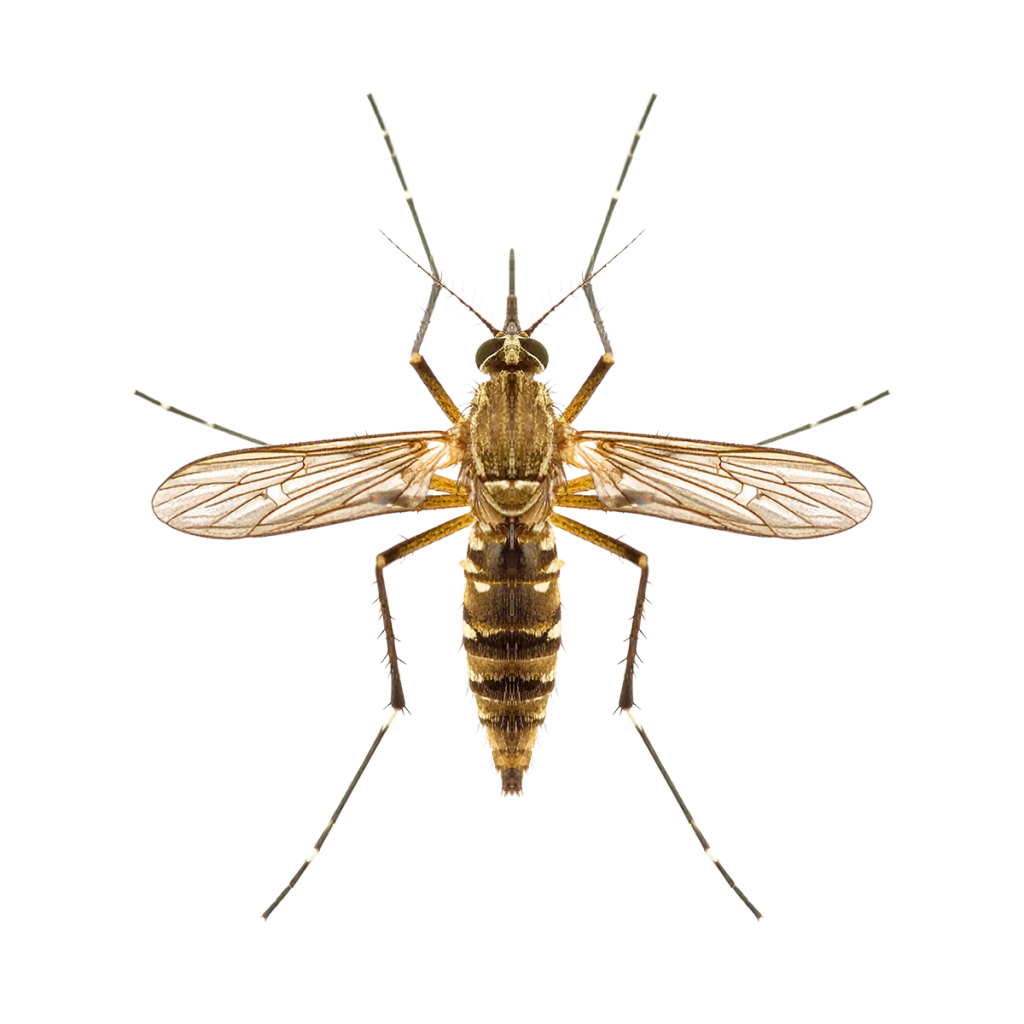Say goodbye to swatting, itching, and worrying. Our proven mosquito control solutions are designed to keep your outdoor spaces safe, comfortable, and mosquito-free all season long.
give us a call (978) 724-8370
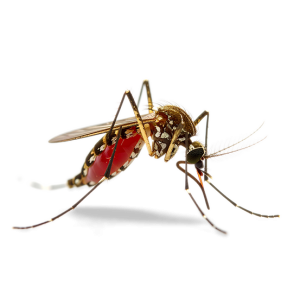
These proven methods significantly reduce local mosquito breeding populations by exploiting the individual biology and habits of the mosquito species commonly found in Massachusetts.
Our UltraGuard Mosquito Program targets Vector Species known to carry and spread disease to people, domestic animals and pets.
Inspecting the property will help determine pest population levels, species present, breeding sites and day-time resting areas. This information will help determine a comprehensive mosquito treatment plan.
Our experts recommend Mosquito Spraying the active and high-risk areas of the property, every three to four weeks (May-September). The treatments Involve Mist-Blowing active ingredients into the daytime resting areas of adult mosquitoes. These areas include Vegetation, Rock Walls, Leaf Litter, Landscape Beds and other shaded areas where mosquitoes rest before and after feeding.
Ultra Safe experts hold advanced Mosquito Licenses that permit us to apply mosquito treatment to active breeding sites through the use of specialized products and materials. Applying Insect Growth Regulators (IGR) material which kills larvae or pupae in their water habitats provide excellent results because it breaks the reproductive cycle of mosquitoes. When applied correctly, these products are safe for non-target and other aquatic species.
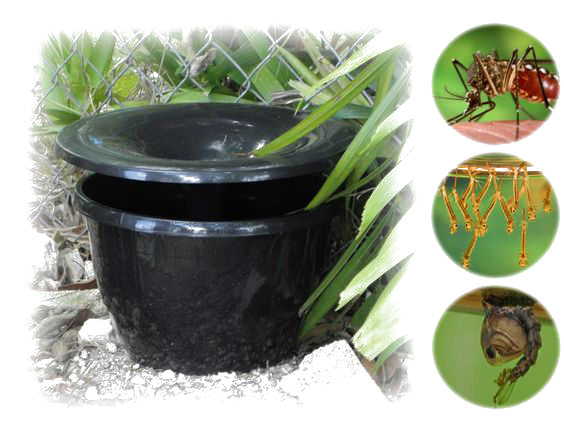
The In2Care® Mosquito Trap is made of durable plastic and uses water with an odor lure to attract egg-laying Aedes mosquitoes. Once inside, mosquitoes contact the specially treated gauze near the water surface and get contaminated with a larvicide and a fungus. We exploit the fact that Aedes like to divide their eggs over multiple sites; by letting them fly out of the Trap whilst carrying larvicide on their legs. They transport the larvicide and contaminate several breeding sites around the Trap. In this way, we can kill larvae in small and hard to find breeding sources. The mosquito also gets infected with an insect-specific fungus that kills her before she can spread disease.
Developed using a grant from the Bill & Melinda Gates Foundation, the In2Care Mosquito System has become an important tool for controlling the disease spreading Aedes Mosquito.
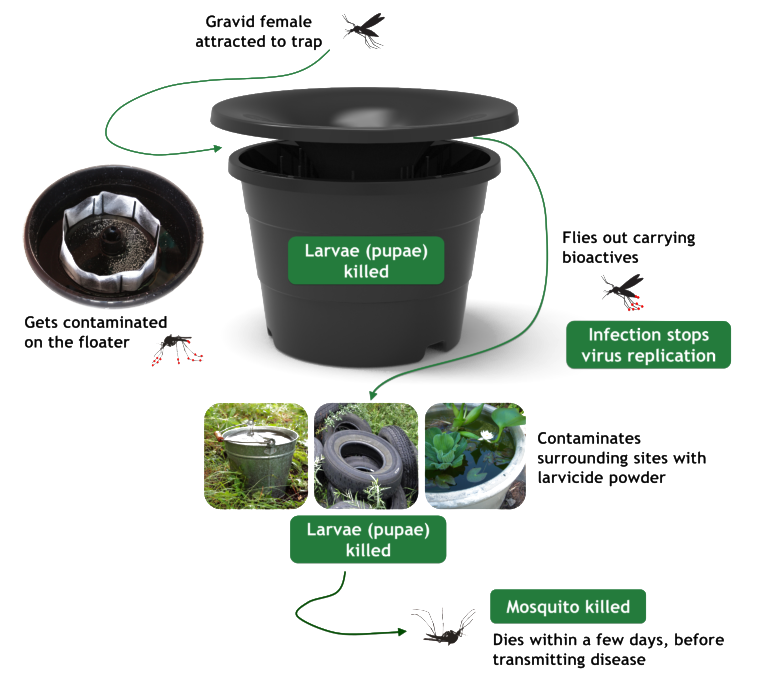
Contact Ultra Safe Pest Control for expert treatment options tailored to your needs.
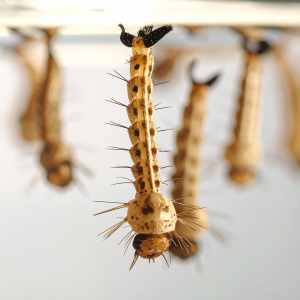
of nearly all mosquito species feed on tiny bits of organic matter they strain out of the water, using brushes on their mouths. They usually move by jerking their body, end-for-end, in a sideways whipping
motion. Nearly all species must come to the water surface fairly often, where they breathe atmospheric air through a special tube (siphon) or plate at their back end.
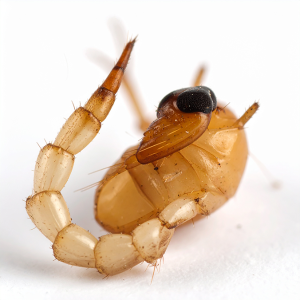
are a non-feeding, but active stage that must stay in the water to live. They also must breathe air at the water’s surface through special tubes (trumpets) on their backs
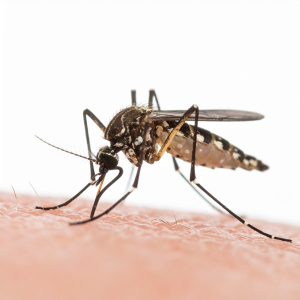
emerge from pupae in the water. If water is not calm enough, they may not emerge normally; and may get stuck or drown. They have to sit on top of the water until their body and wings dry and harden. They fly to nearby plants and feed on nectar or juices, getting energy from the sugars in those.
Mosquitoes lay their eggs in or near water, depending on the species. While moisture is essential for hatching, not all mosquitoes lay directly in standing water—some prefer moist environments that will flood later.
These mosquitoes lay single eggs on moist organic matter such as mud, old leaves, or damp surfaces near waterlines. Their eggs are built to survive dry periods and hatch when water levels rise.
Culex mosquitoes lay their eggs stuck together in floating clusters called “rafts” directly on the surface of stagnant water. Common breeding sites include gutters, rain barrels, and birdbaths.
Anopheles species lay single eggs directly on the surface of standing water. Their eggs feature small float structures that keep them suspended, often in slow-moving or still water like ponds or marshes.
Male Mosquitoes need about 24 hours after they emerge before they can mate. After mating, females find vertebrate hosts and take a blood meal which provides protein for their eggs. Each full blood meal usually provides enough protein and energy for the female to produce about 100 eggs.
The biology of mosquitoes may prevent complete eradication. The program will certainly reduce populations, but a 100% mosquito-free environment is not generally possible. Strong winds may blow mosquitoes in from untreated areas.
The elimination of breeding sites is important: dumping water-filled containers; removing trash, tires, or other containers which can hold water; draining or filling surface puddles; and cleaning out gutters. Bird baths should be emptied, brushed out, rinsed and refilled at least once weekly.
